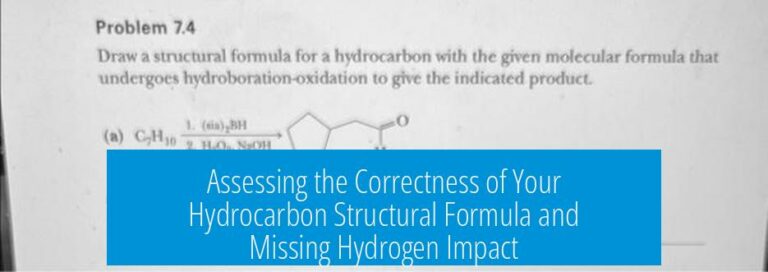Why is the peptide GHK-Cu (Cu(II)(Gly-His-Lys)) sold for such high prices?
The high price of GHK-Cu (Cu(II)(Gly-His-Lys)) primarily results from its complex and costly manufacturing process, purification requirements, limited production scale, and market demand factors. Each of these aspects contributes significantly to the peptide’s final cost, explaining why it commands a premium price compared to many other peptides.
1. Complexity and Cost of Peptide Synthesis
Synthesizing peptides like GHK-Cu involves solid phase peptide synthesis (SPPS), a technique that requires expensive reagents and materials. For instance, solid phase resins and specialized amino acid derivatives such as Fmoc-His(Boc)-OH are major cost drivers. The synthesis involves multiple carefully controlled steps, making it labor-intensive and resource-heavy.
A rough estimate places the reagent cost alone at approximately $350–400 per gram before complexing the peptide with copper. This calculation assumes purchase of reagents in small quantities (less than 50 grams), which are typical for research or small-scale production but significantly more expensive than industrial bulk purchases.
2. Purification Requirements Drive Up Costs
Once synthesized, GHK-Cu must be purified extensively, especially when intended for human consumption or high-purity applications. High-performance liquid chromatography (HPLC) is commonly used to separate the desired peptide from synthesis by-products and impurities. This step is costly in terms of time, labor, and equipment.
Without adequate purification, the peptide may contain contaminants harmful to users or reduce the peptide’s effectiveness. Thus, purity standards significantly inflate the peptide’s price beyond synthesis costs.
3. Limited Production Scale and Lack of Economies of Scale
Currently, GHK-Cu peptides are manufactured mainly at gram or tens of grams scale. Such small-scale production inherently leads to higher costs per gram since economies of scale are absent. Large-scale pharmaceutical companies can optimize synthesis routes and reduce reagent costs, but this is rarely done for GHK-Cu due to its niche applications.
Scale-up efforts require investment in process development and manufacturing infrastructure. Until these developments occur, the small volume available to buyers keeps prices elevated.
4. Market Dynamics and Niche End-Use Applications
The peptide has several niche uses, such as in cosmetic products or research. However, it is also found in less regulated grey markets and cosmetics claiming anti-aging effects. Low demand volume and these niche markets prompt pricing not strictly based on production costs but influenced by consumer willingness to pay.
This dynamic can result in prices ranging from $625 to $1000 per gram in some retail or grey market environments. Sellers in these spaces may price the peptide strategically, which further distances prices from raw manufacturing costs.
5. Pricing Variations Over Time and Across Supplies
Industry prices differ markedly depending on the supplier and quantity. For example, Sigma Aldrich, a respected chemical reagent company, sells this peptide at about $565 for 50 mg (without copper complex), a much lower price than many retail sellers. This price reflects its role as a research-grade chemical sold at small quantities but high purity and reliability.
Moreover, over time, prices have dropped with improved synthesis methods and larger market availability. Some suppliers now offer peptides closer to $25 per gram, though these prices still depend on purity, scale, and supply chain efficiency.
| Factor | Impact on Price |
|---|---|
| Reagent and Material Costs | High, due to expensive solid phase resins and specialized amino acids |
| Purification (HPLC) | Substantial, necessary for producing high purity peptide |
| Production Scale | Small batches limit economies of scale |
| Market and Demand | Low volume and niche uses keep prices elevated |
| Labor and Overhead | Significant contributor to overall costs |
Summary: Key Takeaways on GHK-Cu Pricing
- Complex peptide synthesis requires costly reagents and labor-intensive processes.
- Extensive purification is essential for safety and efficacy, adding to cost.
- Small-scale production restricts cost advantages from bulk manufacturing.
- Niche applications and market factors inflate prices beyond basic costs.
- Price differences exist between research-grade sources and retail or grey market sellers.





Leave a Comment